William Forsythe has been called a lot of things in his four decades as a dancemaker: wilful provocateur, ‘pretentious as hell’, even ballet’s Antichrist. But nothing, he claims, to warrant US government officials showing up, unannounced, at his door and threatening him with arrest.
Had he been reported by an angry dance purist, perhaps? After all, this is the choreographer who has done more than any other to push the limits of what ballet can be, the great forward-thinker hailed for his athletic, sometimes bewildering, deconstructions of an art form that goes back centuries. It’s gained him an army of devoted (read obsessive) fans, but also some vocal detractors. One of his biggest, the New Criterion’s Laura Jacobs, ordered him to ‘get his nose out of Derrida and start tending to his tendus’.
It turns out he’d angered someone a little higher up than your average balletomane. He’s still not entirely sure why.
The knock on the door came after 2005’s Three Atmospheric Studies, a passionate condemnation of the war in Iraq. One critic called it the choreographer’s ‘Guernica’; Forsythe, who was born in New York, proclaimed it to be an ‘act of citizenship’. The officials didn’t see it that way.
‘Some friends had told me CNN had run a feature about the ballet — I don’t know, maybe there wasn’t enough news that day,’ he says. ‘Then these government officials turn up [Forsythe was at his US home at the time]. They basically said: “If you don’t let us interview you we’ll arrest you.” It was chilling. Even now, I’m not sure I know exactly what I’m supposed to have done. They hadn’t liked something.’
Three years ago, Forsythe moved back to the States after 45 years of living and working in Germany. An interesting time to return — has he had any more knocks on the door? He pauses. ‘I’d like to consider what I say… And anyway, what’s to say? It would just be a critique of madness.’
Ballet fans have recently been rejoicing at a Forsythe homecoming of another sort. After ten years of using his own troupe to experiment with a radical contemporary vocabulary, he’s returned to the ballet. The results — notably Playlist (Track 1, 2), a fast and furious R&B spectacle made for English National Ballet in April — have been electric. A video of the 68-year-old breaking into an impromptu mini dance-off during one curtain call quickly went viral.
Why does classical ballet still hold such an allure? ‘I like the challenge of organising it,’ he says. ‘You just come to a certain age — I’m 70 next year — and it hits you: I’m part of this great ballet family. I’m now the elder in the tribe.’
Most recently he’s been reading Apollo’s Angels, the acclaimed ballet history by Jennifer Homans: ‘It’s made me think of my own work, revisit some things.’ Her epilogue, in which she lamented ballet’s stagnation and decay, divided the dance world upon its publication in 2010. ‘After years of trying to convince myself otherwise, I now feel sure that ballet is dying,’ she wrote. Forsythe has no such worries.
‘Ballet sees itself as full of tradition but you realise it’s a mindset that keeps people in their place. You shouldn’t feel constrained by history — it offers so much to work with, but it should never box you in. With the right dancer, you see Giselle, you watch La Bayadère, and it’s new. I don’t like this current trend for reinventing the classics — I like history. It offers everything. Giving something a modern update doesn’t make it new. A great dancer in a role — visionaries like Alina Cojocaru, Sylvie Guillem — that’s what makes it new.’
And that, in a nutshell, is the key to his work. Because for all the talk about Forsythe the rule-breaker, of Bill the great risk-taker, one thing is often forgotten: he’s a tradition builder. While many modern choreographers exploit elements of classical dance, Forsythe knows the art form inside out, taking ballet’s elegant line and geometric, exact poses, and fragmenting, twisting and pulling them off centre. The early pieces that made his name — Steptext (1985), In the Middle, Somewhat Elevated (1987) and Herman Schmerman (1992) — may at first glance appear radical, with their gravity-defying hyperextensions and speedy, elaborate footwork, but look closer and they are full of reverential references to ballet’s long history.
This reverence is apparent in his latest work, A Quiet Evening of Dance, which has its world première at Sadler’s Wells this week. The winner of a Fedora, a major European gong, it’s a mix of new and old works, including Catalogue (Second Edition), which he calls ‘an organisation of ballet on the body’, and DUO2015, last seen on Guillem’s farewell tour. It takes us from the court of the Sun King, Louis XIV, where classical ballet was essentially born, to present-day postmodernism. ‘Sparse analytic condensation to baroque-inspired counterpoint’ is how the press release puts it — described in Forsythe’s gentle drawl, it sounds much more of a hoot.
As well as reuniting him with several key dancers from his Germany days, A Quiet Evening has allowed him to work again with Rauf ‘RubberLegz’ Yasit, a breakdancer (the pair collaborated on Forsythe’s Choreographic Objects, a series of sculptural installations he’s taken around the world).
‘The man’s a genius, a truly fantastic dancer. He’s had no ballet background whatsoever but he took to it so quickly. That’s the thing with breakdancing — it’s rigorous in the way that ballet is rigorous. It has a very sophisticated style and organisation like ballet, and basic rules just like ballet.
‘I think it’s been a bit of a revelation [for Rauf]. He’s never really stood up and danced — he’s only ever worked on the floor. But he’s become the most amazing partner. He has the most extraordinary shoulder strength.
‘He’s not aware of the hands, the relationships of the hands, the space, the “grid” that ballet works off. It was those surprises that made him excited. He likes the way ballet operates. He doesn’t necessarily like “repertoire”, but he likes the discipline,the ethos.’
In much of the pre-show publicity Forsythe is called ‘one of the foremost choreographers of his generation’; when his ballets are showcased around the world he’s a ‘modern master’ and the ‘heir to Balanchine’. That’s quite a turnaround. Reminded of the Antichrist quote, he chuckles: ‘I find it quite hilarious to be honest, it’s kind of fantastic. It’s galvanising — and hey, it’s been great publicity. Luckily I can laugh at myself.’
Got something to add? Join the discussion and comment below.
Get 10 issues for just $10
Subscribe to The Spectator Australia today for the next 10 magazine issues, plus full online access, for just $10.
You might disagree with half of it, but you’ll enjoy reading all of it. Try your first month for free, then just $2 a week for the remainder of your first year.

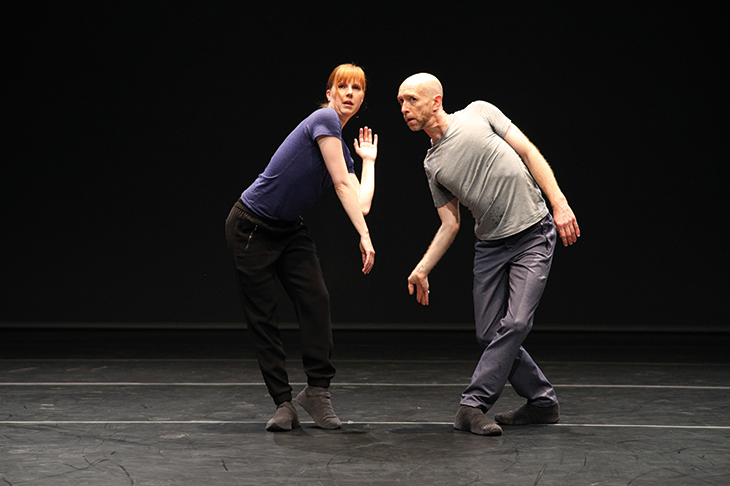


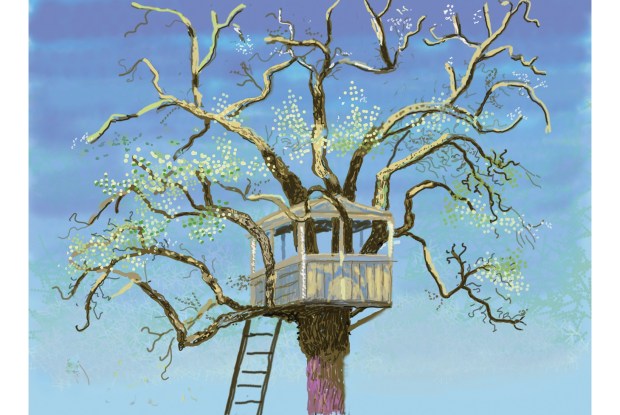
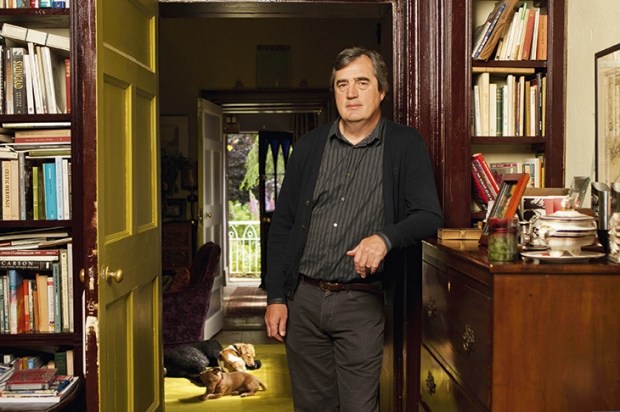
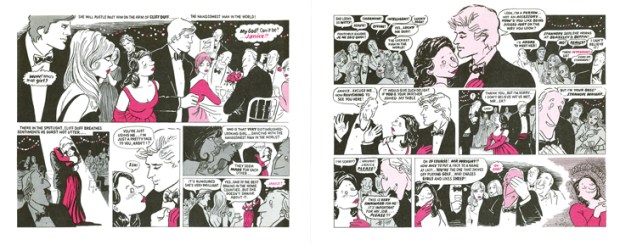
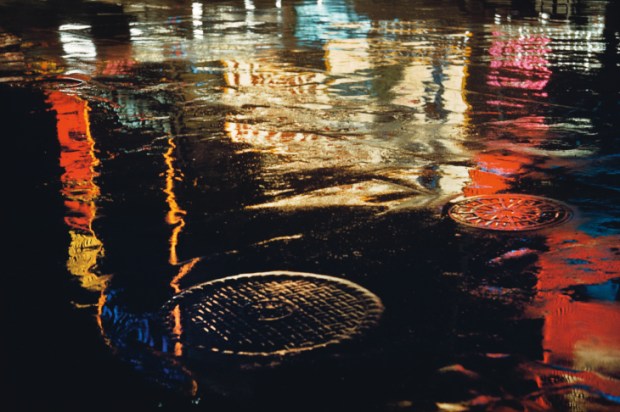






Comments
Don't miss out
Join the conversation with other Spectator Australia readers. Subscribe to leave a comment.
SUBSCRIBEAlready a subscriber? Log in